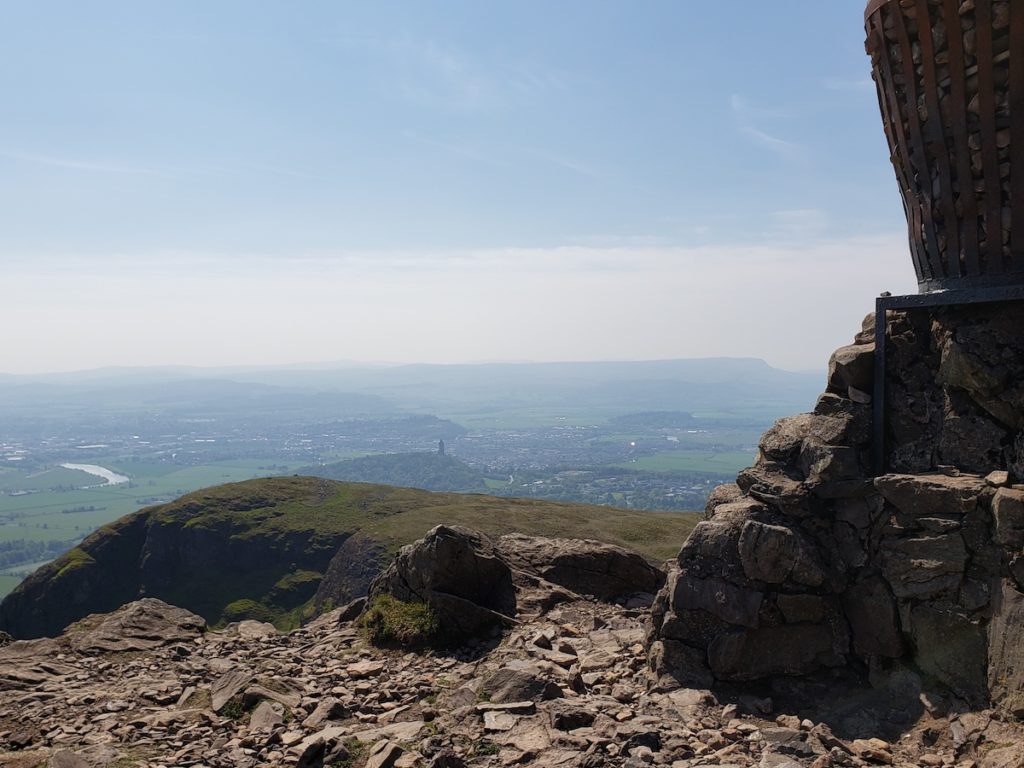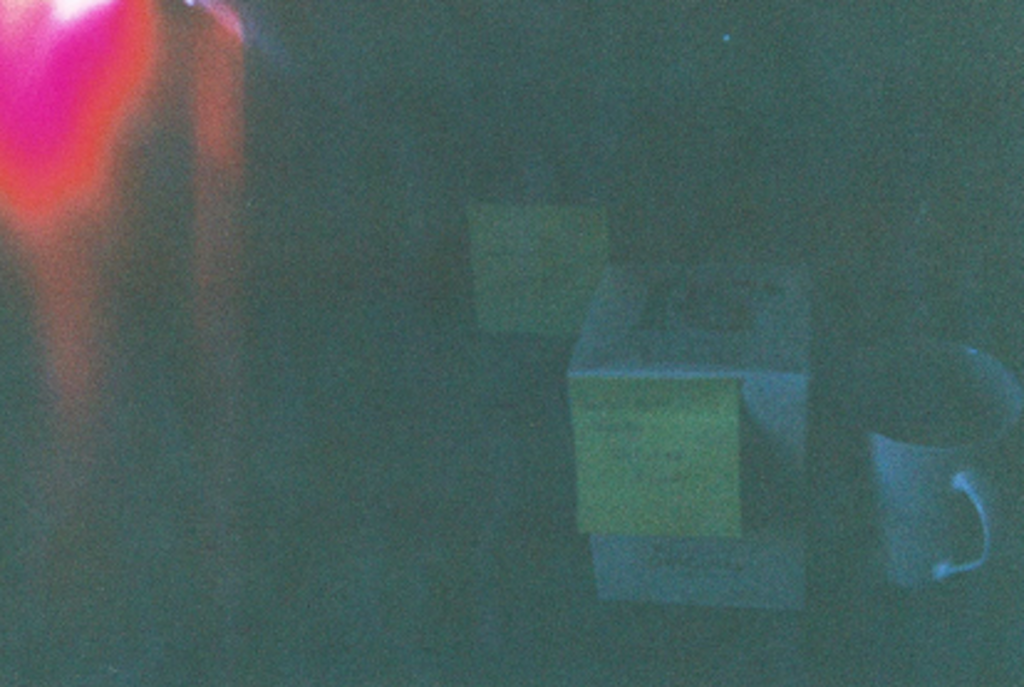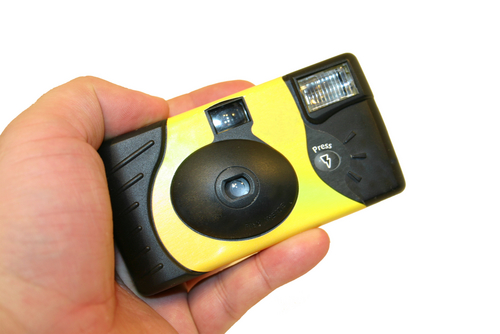
The focus on children and young people’s mental health is ever increasing as our understanding develops. According to both Kessler et al (2007) and the Royal College of Psychiatrists (2010), half of all lifetime cases of mental illness begin by age 14 and three quarters by the time individuals have reached their mid-twenties. There is an urgent need to better understand preventative approaches and how to better support children’s and young people’s mental health.
Using visual methods of communication, such as images, is increasingly popular in research relating to mental health (Kloos & Shah, 2009; Miller & Happell, 2009; Montgomery et al., 2008; Sibeoni et al.,2017), as it allows researchers to develop an understanding of the experiences and emotions (Brown, Reavey, Cromby, Harper, & Johnson, 2008; Mcgrath & Reavey, 2015).
The aim of this study was to use photography and images to understand young people’s perceptions of mental health and wellbeing. All the participants were given “the agency to capture anything they considered meaningful, including significant spaces, places, activities and objects.” The authors wanted to “create a dialogue between the researcher and the participants, and collaboratively construct a meaningful interpretation of their experiences”.

Three quarters of cases of mental illness begin by mid-twenties, so it’s vital that we explore new ways to communicate with young people to enable early intervention and support.
Methods
Ten young people, aged between 18-25 were selected to capture photos that visualised their everyday experiences of mental health and wellbeing. The sample was selected from an existing youth group for people who either had lived experience of mental illness, or an interest in improving their wellbeing. The participants used a disposable film camera to take 24 photographs within a one week period.
The researchers did not actively recruit people with a diagnosed mental health condition, but recognised that given the nature of the youth group sampled, some participants were likely to experience mental health difficulties.
In the next phase, seven of the ten young people took part in semi-structured interviews and ‘photo elicitation’ was used to lead a discussion based on the images they had produced. The researchers retained the flexibility to ask further questions and encourage in-depth conversation. The photographs were used to “stimulate enriched storytelling” and the timings varied from 10 to 30 minutes. Researchers ensured there were trained youth workers in place to support the participants, should the interviews or process be unsettling.
The interviews were recorded and analysed using thematic analysis following the approach suggested by Braun and Clarke (2006).
Results
The authors stated that young people’s mental health and wellbeing related experiences were thought as hidden and internalised. Seven young people were interviewed and five major themes emerged.
1. “Strategies to promote and maintain mental health”
This theme represented images which included strategies used by young people to cope with their stress and successfully maintain their well-being. These methods were “employed to relieve, release or express their emotions in their everyday worlds”.
I do this thing called worry time, just set a time like half an hour in a day where you get rid of your worries, otherwise you spend the whole day worrying
2. “Visual representations of the internal world in the public space”
This theme was developed around a collection of images taken on public and open spaces and powerfully showed the connections with those spaces. Captured places and objects in public view were used as metaphors to express mental health experiences.
although I’ve met some great people at college I do sometimes feel slightly excluded at times, I feel that the photo represents exactly how I feel when I feel like I’m on my own
– (photograph of benches outside of college)
3. “Visual representations of the internal world in the private space”
These photographs were taken in participants private homes and the discussion was around internal distress and feelings and how their home acted as a symbolic location to self-express.
sometimes I feel like I’m not in control and sometimes it feels like someone else is in control
– (photograph of a remote control)
4. “Images representing safety, sanctuary and protection”
These images were again captured in the home and included objects and spaces which gave the participants a sense of safety, shelter and protection. Discussions surrounded intense feelings and the need to find a personal sanctuary.
I like to hide behind my makeup, it helps me get on with my day, it’s a protection. When I feel crap on the inside I like to look ok on the outside
– (photograph of make up)
5. “Images expressing spirituality and hope”
Photographs under this theme included images of the outdoors, light and natural surroundings, especially blue and green spaces, which reflected feelings of hope and spirituality.
darkness represented in the picture I know there’s always light at the end of the tunnel, there’s always hope
– (photograph of a light)
The focus of the participants was mostly on objects that support their mental health, the importance of connection to certain places (private and public ones) and sense of hope and spirituality. These findings reinforce the beliefs that young people might feel lonely and isolated because of their mental health experiences, especially if they face stigma and discrimination.

The photographs taken by young people in this study, and the interviews conducted by researchers, highlighted feelings of loneliness and isolation, but also of hope.
Conclusions
The authors concluded that the use of photography had allowed for “a dialogue about their hidden and vulnerable experiences of MH [mental health] using a tool that was familiar, engaging and accessible”. They conclude that stigma, isolation and marginalisation are potential difficulties some young people may face due to their mental health, which can cause further difficulties. Considering different ways of communicating with young people is the key, in order to better understand their challenges and experiences.

Photography may be an important tool for helping young people communicate distress and make sense of their mental health.
Strengths and limitations
There are some key limitations that immediately emerged when discussing this paper:
- The small sample size; self-explanatory and identified by the researchers as such.
- We suggest that the choice of disposable 35mm film cameras for the project may have affected the extent to which the objectives of the study were achieved.
Disposable cameras may have been chosen to ensure that having access to a smartphone or digital camera was not a barrier to participation. Certainly, it would have been costly to supply digital cameras or smartphones, and perhaps considered intrusive to ask young people to use their own, however it does mean that participants were asked to take photos using equipment and a medium that they may not have been familiar with.
In a world where we are used to using mobile devices and digital cameras to take photos, check, editing and filter them before presenting them to others, using disposable cameras seems outdated. Furthermore, we strongly believe that disposable cameras are not very “youth friendly” as stated by the authors, considering we are in year 2020.
- It seems to be a missed opportunity that participants were not asked to make any notes at the time of taking the photographs. This may have made it harder for participants to remember the context of images and their ability or willingness to recall details in the interviews when the printed images were presented for discussion. Had they been asked to keep notes alongside them, or a digital format been used, they may have covered different themes or been able to discuss themes in depth at interview stage.
- The interviews themselves were short (10 to 30 minutes), and it may have been a missed opportunity to elicit more in-depth answers with notes.
- The background the authors based their study on is outdated, and while those findings may be relevant, the world of photography has developed at fast pace over the last decade. There is no reference to the role of digital images and social media in young people’s lives, despite the ongoing media focus on the role, for good or bad, on platforms such as Instagram on mental health. This is a significant omission.
This is a small-scale study, creating images with a largely outdated medium (disposable cameras) that it may be assumed was less familiar to participants than modern digital image making. Nevertheless, the framework used to describe the photographs created is familiar to both of us from our own experience of daily photo journaling. It may feel right, and is worthy of further research, but currently it isn’t possible to generalise from this study.

Although the study explores a powerful tool of communication with young people, the sample was small and the process of taking photographs was limited.
Implications for practice
The researchers state that: “youth friendly methods are vital in communicating about mental health and wellbeing”.
We would agree with this, but go further and state that rather than imposing a tool (disposable cameras) on young people and asking them to use it to show us their reality through it, we should be asking them to speak to us using the methods of communication and illustration they use on a daily basis. That way, we see their world through their lens.
Young people use a range of media and creative methods to curate and make sense of their worlds, feelings and identities. It is important that youth work, and mental health services can engage with these forms of communication and sense making.
Blogs, photographs, and video content can all be valuable sources of insight into young people’s mental state, and careful discussion of these media may empower young people and give them precisely the creative agency the authors of the paper sought to enable.
In order to make a better case for digital history taking and using creative tools to understand distress, we need more research with young people from a range of contexts and ages. We may also need to see the development or repurposing of existing digital tools to enable contemporaneous narrative on images to get the fullest picture.

This was a small scale study using outdated tools (disposable cameras), but nonetheless produced valuable insights into participants lives, and suggested routes for further research.
Statement of interests
Both authors work in mental health in Scotland, and have used photography and visual imagery to explore mental health with young people as part of their work. The authors both have a decade of daily photo journal entries, using the Blipfoto platform. In addition, they have lived experience of mental ill health and have used photo journaling and photography to make sense of their own lives.
Links
Primary paper
Charles, A., Felton, A (2019) ‘Exploring young people’s experiences and perceptions of mental health and well-being using photography’, Child and Adolescent Mental Health, 25(1), 13-20 https://doi.org/10.1111/camh.12351
Other references
A Picture in Mind Podcast. Mental Health Foundation Scotland.
Braun, V., & Clarke, V. (2006). Using thematic analysis in psychology. Qualitative Research in Psychology, 3, 77–101.
Brown, S. D., Reavey, P., Cromby, J., Harper, D., & Johnson, K. (2008). On psychology and embodiment: Some methodological experiments. The Sociological Review, 56, 199–215.
Kessler, R. C., Amminger, G. P., Aguilar-Gaxiola, S., Alonso, J., Lee, S., & Ustun, T. B. (2007). Age of onset of mental disorders: a review of recent literature. Current Opinion in Psychiatry, 20, 359–364.
Kloos, B., & Shah, S. (2009). A social ecological approach to investigating relationships between housing and adaptive functioning for persons with serious mental illness. American Journal of Community Psychology, 44, 316–326.
McGrath, L., & Reavey, P. (2015). Seeking fluid possibility and solid ground: Space and movement in mental health service users’ experiences of ‘crisis’. Social Science and Medicine, 128, 115–125.
Miller, G., & Happell, B. (2009). Talking about hope: The use of participant photography. Issues in Mental Health Nursing, 27, 1051–1065.
Montgomery, P., Forchuk, C., Duncan, C., Rose, D., Bailey, P. H., & Veluri, R. (2008). Supported housing programs for persons with serious mental illness in rural northern communities: A mixed method evaluation. BMC Health Services Research, 8, 156.
O’Sullivan, C. (2016). A Picture in Mind. Scottish Recovery Network.
Sibeoni, J., Costa-Drolon, E., Poulmarc’h, L., Colin, S., Valentin, M., Prad ere, J., & Revah-Levy, A. (2017). Photo-elicitation with adolescents in qualitative research: An example of its use in exploring family interactions in adolescent psychiatry.
Child and Adolescent Psychiatry and Mental Health., 11, 49.Royal College of Psychiatrists (2010). No Health Without Mental Health: The case for action. [last accessed 5 July 2015].
Photo credits
- Photo by Reinhart Julian on Unsplash
- Photo taken by author Chris O’Sullivan
- Photo taken by author Laura Caven
- Photo taken by participants in the study
- Photo taken by participants in the study
- Photo by Jaron Mobley on Unsplash
